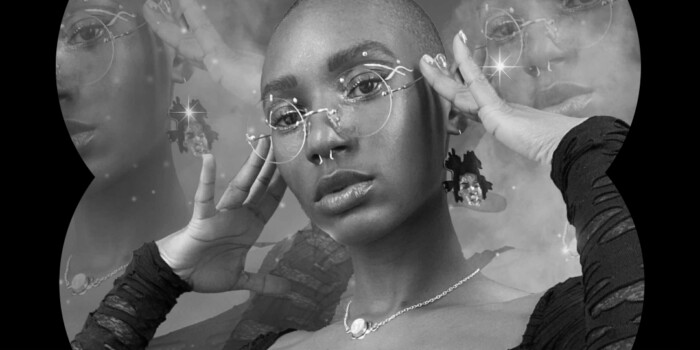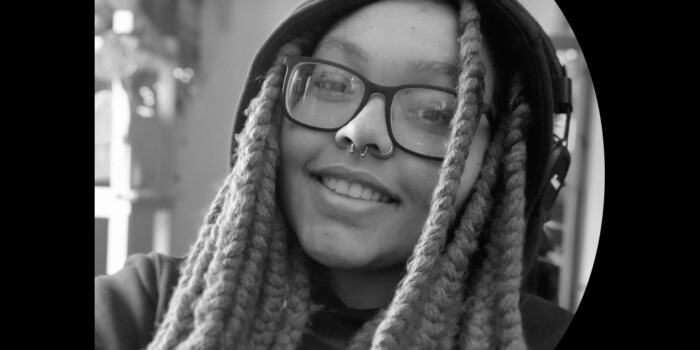Diversity in Design: Shillington Teachers Reflect on Diversity in the Design Classroom

Diversity in design is an important topic to us at Shillington and we aim to support and strengthen equity by cultivating diverse and inclusive representation in the design industry—within our classrooms and beyond.
To help further understand Shillington’s commitment to diversity in design, we spoke to five of our graphic design teachers—Online teachers Thiago Eichner and Dan Wilson, New York teacher Justin Carey and London teacher Mags Straatman—about how they consider diversity in design in their own teaching practices.
Want to learn more? Read our teachers reflections on diversity in the design industry.
As a teacher, what obstacles to diversity in design do you observe?
Dan: The most obvious is the financial barrier as computers, software subscriptions and other equipment all cost money.
That’s why Shillington’s Diversity in Design scholarship is so important—it can literally change someone’s life and give them access to a new career.
Mags: I have had students where I saw an opportunity to try and open up their thinking and have them avoid harmful stereotypes. There has been students who at the end of the day realise their design outcome might include something that could cause harm to certain communities and are willing to admit this and discuss it with me as a teacher, asking me how to avoid these aspects.
Has the level of diversity within student classes impacted the class environment and quality of work?
Dan: Diversity in design studios and classrooms always has a positive impact on the quality of work and the ideas that are generated. Broader representation has the direct result of more authentic stories being told within design—and that is so important.
What significance can a teacher promoting diversity in design make?
Thiago: By highlighting behavioural and ideological patterns, including white privilege, teachers can create awareness and encourage self-reflection among students. I recognize the importance of constantly deconstructing white privilege and promoting inclusivity.
Additionally, by creating space for diverse forms of expression, teachers can empower students to find their unique voices and perspectives.
As Dr. Dori Tunstall, the first Black Dean of a Faculty of Design anywhere, has stated, “we must take injustice personally and counter it with truth and action based on truth. By promoting diversity and inclusion in the classroom, teachers can help equip students with the skills and knowledge needed to make a positive impact on the world.”
Mags: Shillington is very focused on training teachers to be inclusive within their student briefs and to tackle stereotypes. This is not training every graphic designer gets and, as a Shillington teacher, I am very happy and proud of being a part of this—providing our students with knowledge on how to design for diverse backgrounds and have them realise our own biases while designing and how to leave those at the door and understand your audience from their point of view, whatever background or community this might be.
How can an increase in accessibility to top design educators diversify the industry?
Dan: Accessibility means that people can create their own design networks not only within the industry but by connecting with peers on the course at Shillington. I also believe that accessibility gives you confidence that helps you grow as a designer, a communicator and as a person.
This accessibility means that you can talk to educators, guest lecturers and other students about their process and how they arrived at certain solutions, and this demystification of processes and skills is so empowering.
Scholarship Application
What are you looking for in an application?/ Advice you’d give for an application
Justin: Overall, applying for a diversity scholarship is an excellent opportunity to showcase your talents and make a positive impact in the design industry.
- Don’t be afraid to share your unique perspective and experiences in your application.
- Demonstrate your passion for design through your portfolio, personal projects, or even life events that inspired you to pursue this path.
- Explain why diversity in design is important to you. Show that you understand the value of diversity and how you plan to contribute to the industry in this area.
- Be authentic. Don’t try to be someone you’re not, or create work that doesn’t reflect your values or interests.
In addition to these tips, it’s always a good idea to do your research. Understand the values and mission of the organization to which you are applying and tailor your application accordingly. And don’t be afraid to reach out to current or past scholarship recipients for advice or mentorship. They can provide valuable insights into what the committee is looking for and how to stand out.
Good luck with your application!
Thiago: When reviewing applications, I value authenticity and passion, and I encourage applicants to be true to themselves and to showcase their unique perspectives and experiences.
My advice for applicants is to focus on highlighting their strengths, experiences and contributions, while also demonstrating their commitment to ongoing learning and growth.
Read more about Shillington’s Diversity in Design program, full and half scholarships and our commitment to cultivating diverse and inclusive representation within the design industry—and for the scholarships apply here!
Want to win some amazing prizes and stay in the loop with all things Shillington? Sign up to our newsletter to automatically go in the draw.







